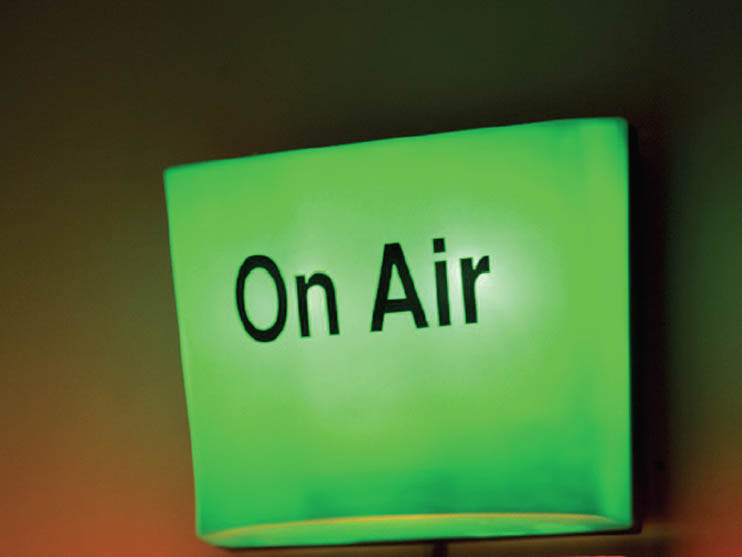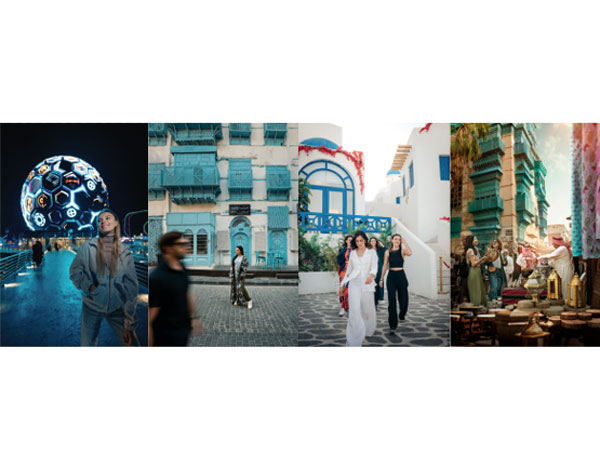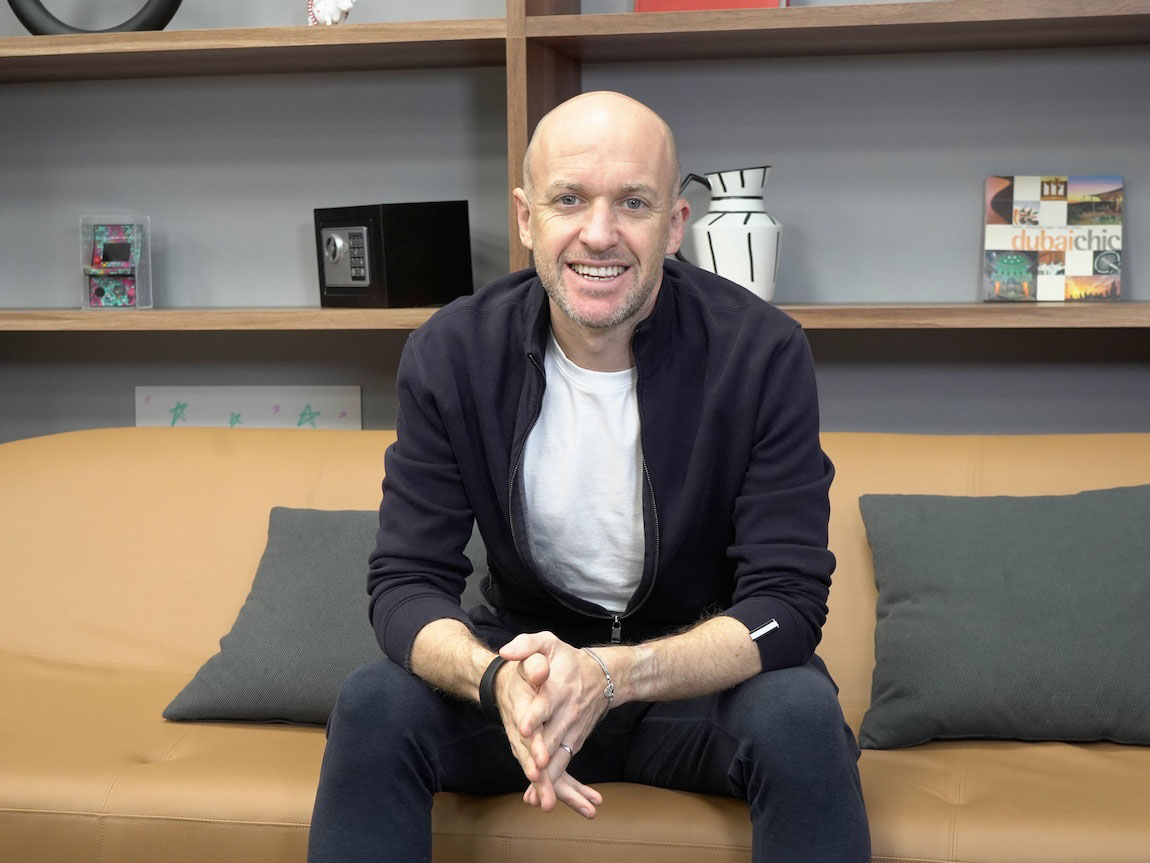Industry Talk
The Evolution of Lebanon’s Foreign-Speaking FM Radio in the Digital Era
by Christina Fakhry
October 22, 2018
.jpg) Advertisement
AdvertisementDifferent Audience Metrics, Different Measures
To put things into perspective, we first asked the representatives from each station to tell us more about their respective audiences and whether their audience metrics have changed amid the rise of digital music services.
Blasting good music since 1989, Light FM built a loyal circle of fans over the years. “Our station attracts a wide listener base, with an age bracket between 25 and 55…and given that there has always been a personal alternative to listening to the radio (cassette, CD, iPod…), we haven’t felt a significant impact on our listenership with the rise of online/streaming services,” Light FM Managing Partner Karim Mansour noted.

“Given that people will still be stuck in traffic in their cars, radios still have many good years ahead.”--Karim Mansour, Managing Partner of Light FM
Launched in 2013, Virgin Radio was initially geared primarily towards youth but has grown to attract older age cohorts, with its core target being 18 to 28-year-olds. “It is difficult to rely on surveys in Lebanon given that they are usually small scale and would generally be more representative in countries with one main language as opposed to a trilingual country like ours,” General Manager Najy Cherabieh observed. “So we base our number estimates on how many people we reach from our core profile with a concentration in Beirut and Mount Lebanon, and this number currently ranges between 350,000 and 400,000 English-speaking listeners.”
For the last 10 years or so, radio has been listened to in the car after being a home companion at home in the age of stereo [which no longer really exists]. By 2020, 75% of new cars are expected to be “connected” to digital services, breaking radio’s monopoly on the car dashboard and relegating AM/FM to just one of a series of audio options behind the wheel. “Digital music services have actually replaced what used to be the cassette/CD back in the day [i.e.] today’s USB and Bluetooth as opposed to radio,” he elucidated.
“We have two kinds of psychologies: people who want to choose their music --which my generation used to do via cassette/CD-- and people who do not want to know what song is next but are rather seeking to be entertained on a local level/want to hear local anecdotes that relate to them, and this is the FM listener that has not changed and will not change in the future, as long FM is still free and technology hasn't significantly evolved.”

“Fakeness no longer sells; a pro radio host will hardly work with today’s young audience.” --Najy Cherabieh, General Manager, Virgin Radio
Speaking on behalf on NRJ [broadcasting hit music only since 1979] and Nostalgie [home to the best of the 60s, 70s and 80s since 1988], COO of Music or Media Holding Claude Kawas laid out the differences between the two. NRJ Lebanon chiefly targets a young audience in the 15-24 age range, that is both trendy and up-to-date in music. “Our audience is rising year after year despite the rise of online streaming services,” he explained. “Nostalgie is in the 35+ age range, the audience is also increasing because we are playing less 60s/70s songs and focusing more on the 80s era.”
Exploring New Digital Advertising Opportunities
While the target audience may vary from one station to the other, all of them rely predominantly on advertising to generate revenue. Actually, AM/FM radio had been able to wait out the digital disruption that has already affected every other form of media. Now radio is the latest industry facing massive disruption from the digital age. To survive, radio must innovate, learn from other media and take control of its path to maintain its unique position with advertisers, audiences and other stakeholders into the third decade of this century and beyond.
“For years, Light FM’s (almost) only revenue stream was advertising. However, given the recent drop in advertising expenditures, we’ve had to create new revenue streams, through the production of events and the creation of digital content,” Mansour said. “We’ve also grown our music consultancy and curation business, and have partnered with Soundtrack Business, a Spotify-backed music solution, to help us manage music in any kind of retail space.”
He believes radio stations will always be monetized by selling exposure to brands. “Historically, this involved only the FM bandwidth, but in the digital age, it’s involving all the touchpoints of the radio station, including its stream, website, app, social media pages and YouTube channel,” he explained. “We’ll soon see more and more campaigns that utilize a media mix that smartly encompasses traditional and digital media.”
NRJ and Nostalgie’s revenue bulk also comes from advertising, but each of them has its own approach. While the first is using its social media platforms to combine campaigns between on air and online through digital packages, the second is significantly less active, solely featuring content that redirects audiences back to radio.
“You can listen to tons of new music online, but the best of new hits is always on radio…” --Claude Kawas, COO of Music or Media Holding
Virgin Radio, on the other hand, differs in the sense that it relied on heavy social media presence since the very beginning and currently boasts 1.2 million Instagram followers and over 13.6 million page likes on Facebook. “Social media was at the core of our launch strategy from day one, our online community is even bigger than our listener base and these huge numbers are what differentiates as we are able to create a viral effect that helps us offer clients more than just Radio,” Cherabieh noted.
“Creative advertising is booming: the client today is no longer looking for a 30-second spot but needs ideas that can go viral online and offline/something fun and engaging as this is the language that youth speak. Clients are starting understand that youth today have a strong purchasing power.”
He also capitalized on the importance of simplicity and authenticity in radio. “Create a product that clients wants to be associated with. Traffic numbers no longer work with clients, if you want a client to advertise with you, create a fun/down to earth product that they want to be part of,” he advised. “Before launching, we did a market study based on people’s habits and found that they feel dissociated from radio when it feels superior, hence the importance of picking a radio host from the people who speaks their language.”
Eyeing the Future
In spite of everything, radio continues to be the primary way listeners discover music today according to Nielsen’s Music 360 Report. “You can listen to tons of new music online, but the best of new hits is always on radio,” Kawas reassured. This being said, radio stations still need to integrate digital in the core of their content strategy in order to adapt to change and better connect with perpetually wired listeners.
“Radio technology will not significantly change in the next five years, but with social media, the difference is that your life inside the radio station is felt by the listener,” Cherabieh asserted, emphasizing Virgin Radio’s open-studios policy. “Listeners are your number one asset. Don’t be condescending or delete negative comments, take criticism and improve.”
He went on to explain that modern listeners want to feel that the host is one of them/having fun and not always pampered and perfect-looking. “Fakeness no longer sells; a pro radio host will hardly work with today’s young audience,” he explained, using all four Virgin Radio hosts, none of whom had radio experience prior to working with the station, as a stark example of its successful ‘from the people to the people’ approach.
“Radio stations do not need to adapt to technology but rather to people’s habits, including social media trends and the psychology of youth. Some are still stuck in the pre-social phase where you couldn’t see the listener but today there are no walls between you and the listener, hence the need to crisscross.”
Content also remains king. “To survive, a radio station needs to have a clear identity and editorial line, and make sure that it’s expressed clearly and consistently everywhere and in everything,” Mansour concluded. “Ultimately, no matter what media we’re talking about, it’s always about content. And given that people will still be stuck in traffic in their cars, radios still have many good years ahead.”



.jpg)










